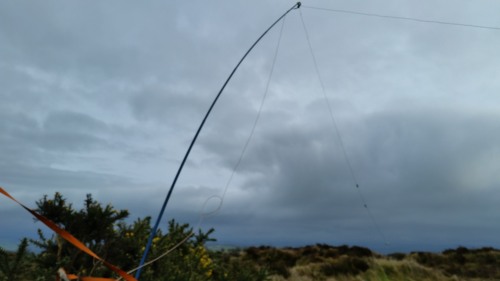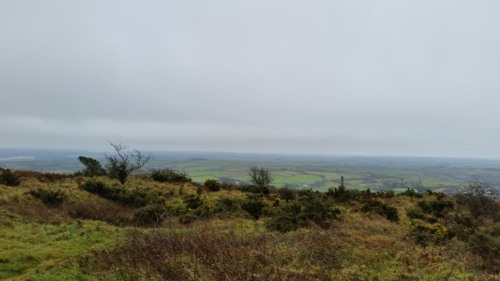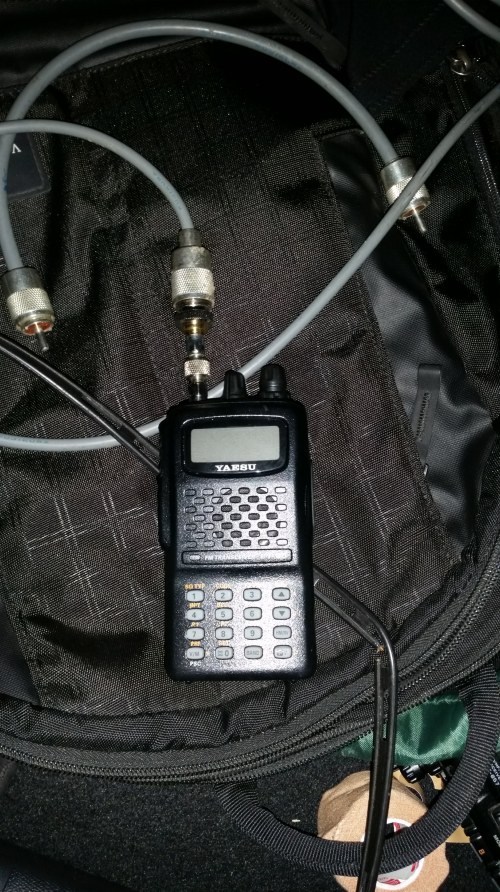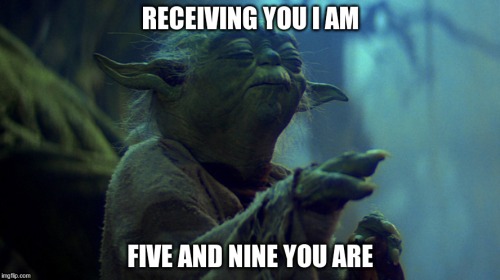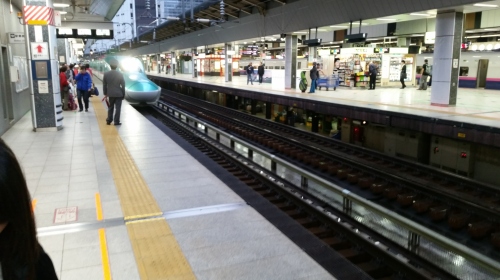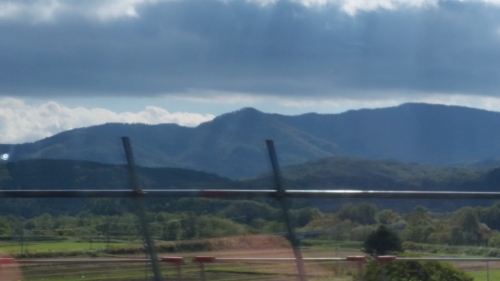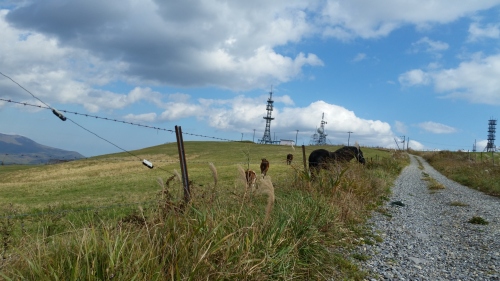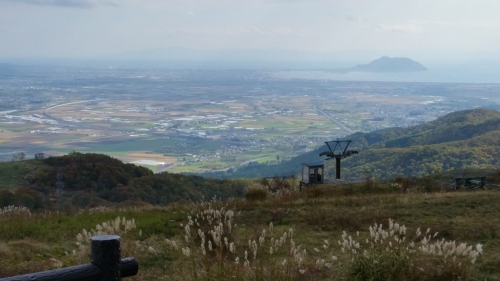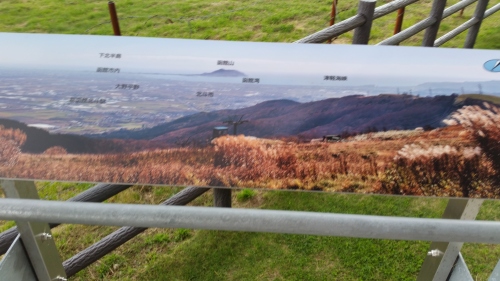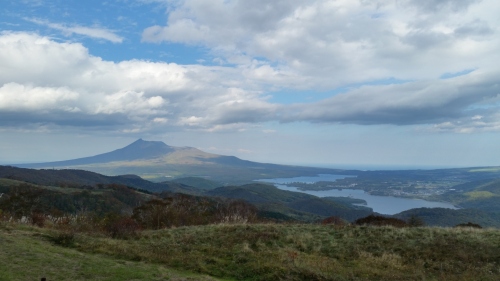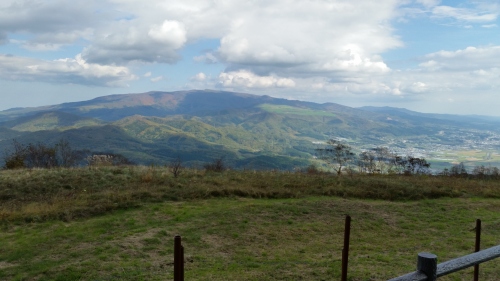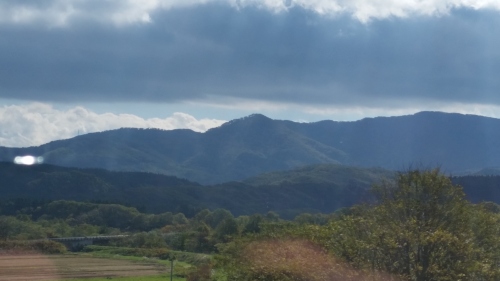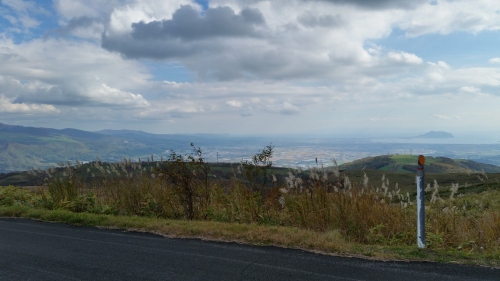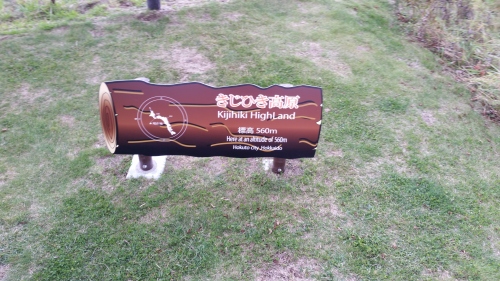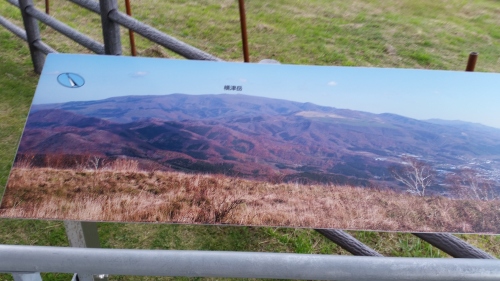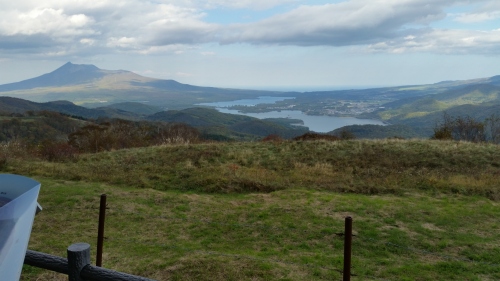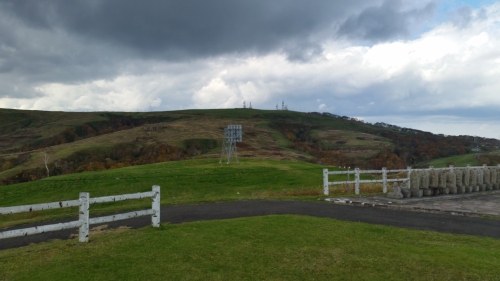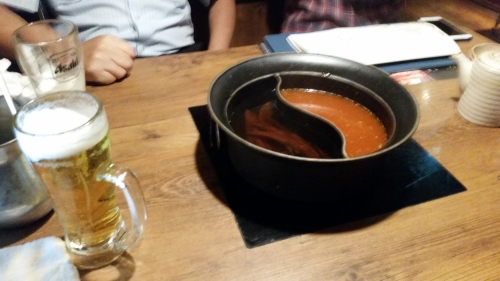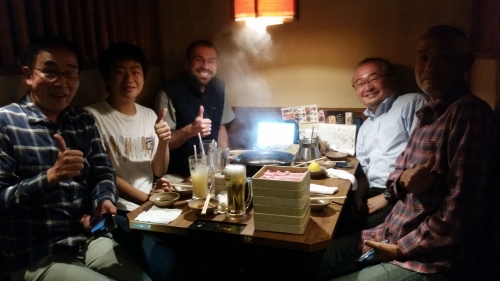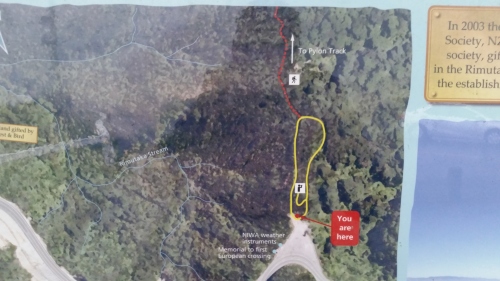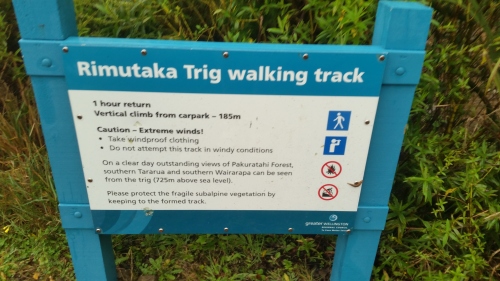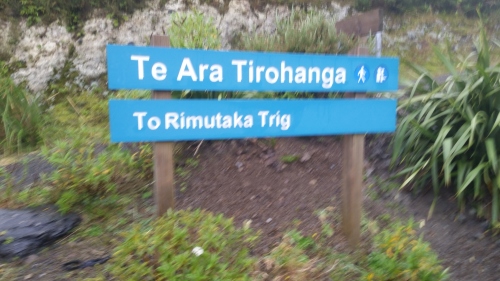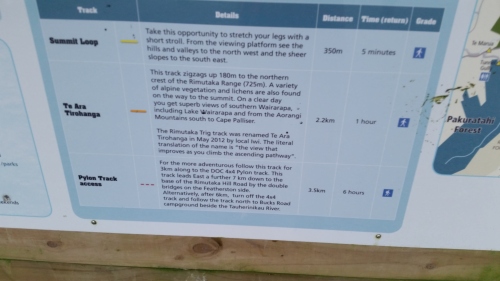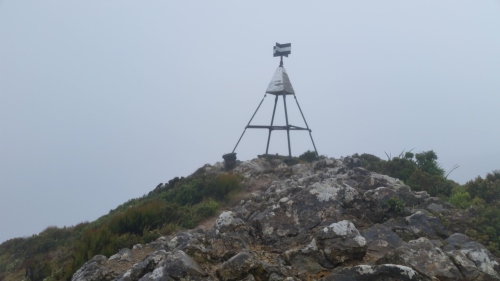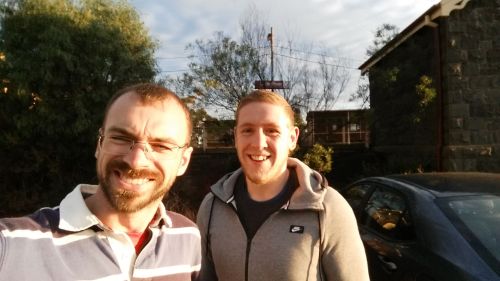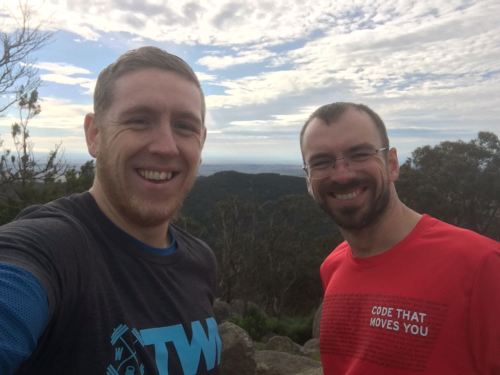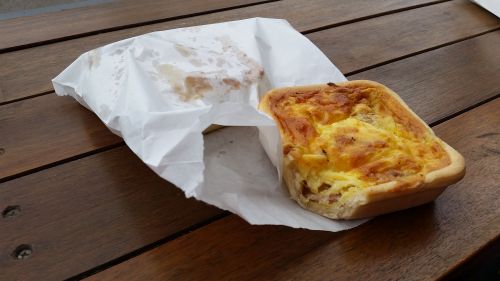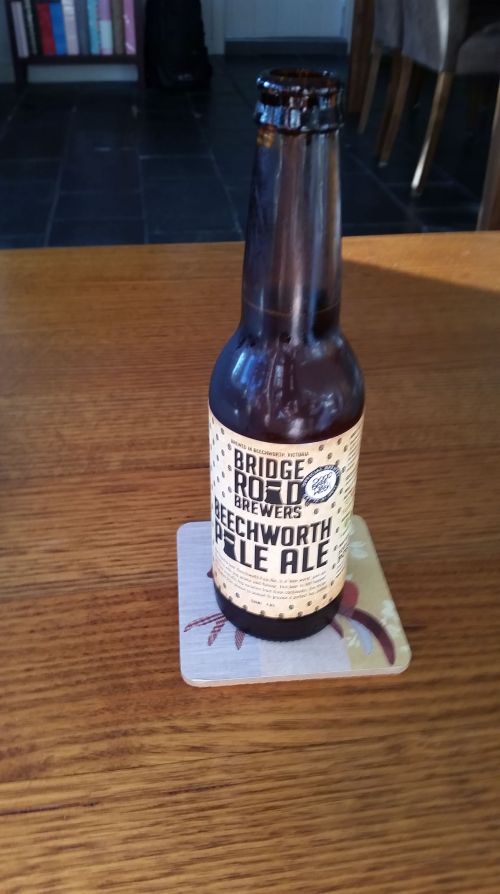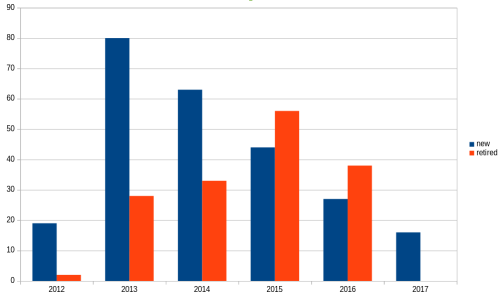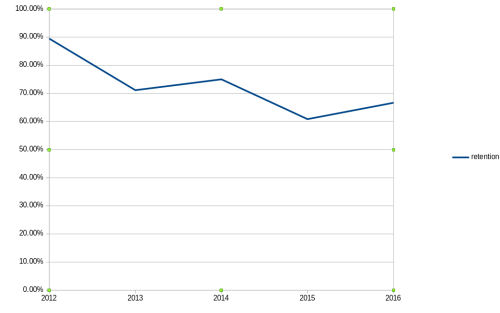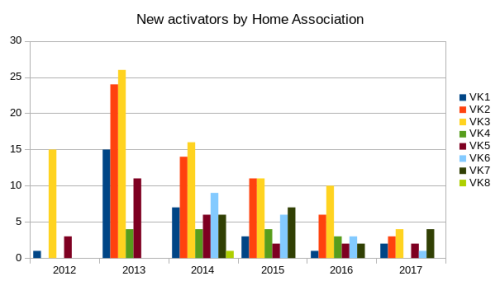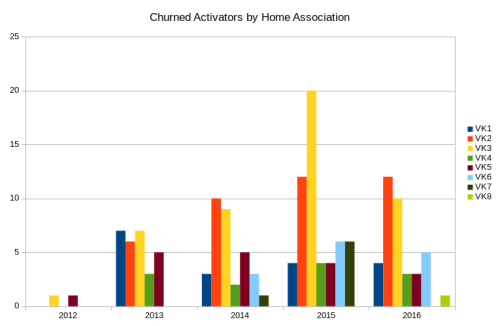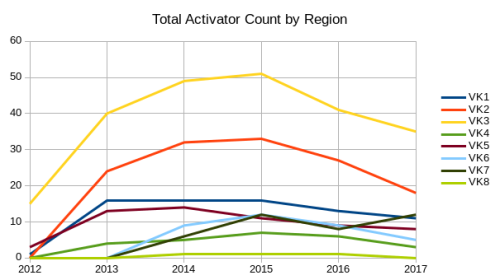A work trip to Korea resulted in me yet again finding some cheaper airfares flying through Japan. This is because flying to Korea is somehow a very expensive flight, whether you go via Hong Kong or Sydney. Doing a round trip via Tokyo and back via Hong Kong can sometimes save a few hundred dollars, and as a model employee, finding those savings are always a good thing. The side benefit of being able to visit one of my favourite countries is merely a side benefit.
In Oct 2014 when we started looking at SOTA in Japan, I started to see country that was filled with beautiful mountains, varying tremendously depending on volcanic or seismic construction. It was logical then that I would want to see the full breadth and variety of Japan once it entered SOTA. The fact that there are four associations and I chase associations as part of Mountain Explorer means I had double incentive.
On my last trip through, I activated JA6 and JA, courtesy of cheap fare options, and this time around, I wanted to close out the list, doing JA5 and JA8. For JA5, I flew into Takamatsu, using Japan Airlines’ Welcome to Japan/Visit Japan fares, which allow cheap (~$100) airfares if you are a foreigner and arrive on a Oneworld itinerary (which I was). For JA8, I found a cheaper option again, to use the JR East Tohoku-South Hokkaido rail pass. Compared with the JAL airfares, they are about the same price, but you can use it on Narita Express services and around Tokyo as well, which meant I was certain to extract substantially more value out of it. It’s basically a Tokyo-and-North version of the Japan Rail Pass at a correspondingly cheaper price and no restrictions on services.
So, that meant I had means to get to where I wanted to get to, but which summits? The logical summits for JA5 are around Takamatsu and Tokushima. Both are about 1 hour from Tokyo Haneda, but Takamatsu has regular flights and more summits near the airport, which edges it out in my books. My second rule is to go for summits someone has already activated, guaranteeing there’s access (or an activation that needs removing 😉 ).
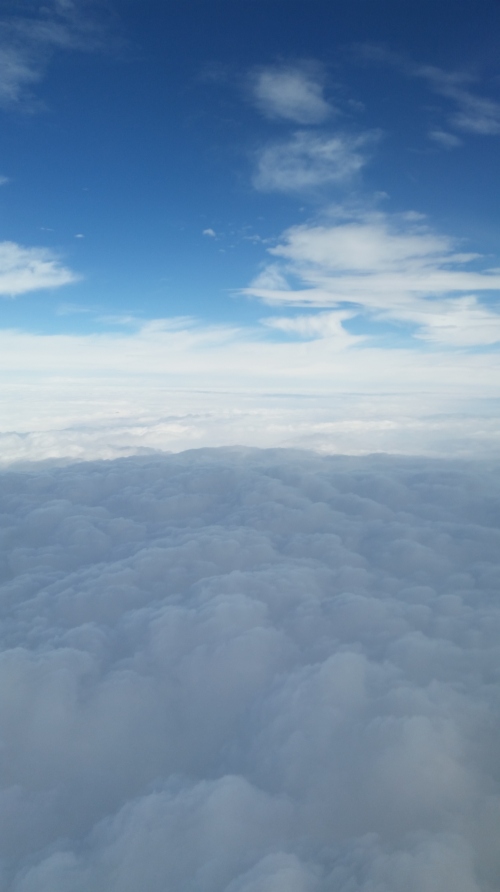
We climbed out of Tokyo in cloud and then cruised on top
I found JA5/KA-066 Jissoujiyama, which is about a 15 minute drive from the airport, had nearby parking (in a cemetery), and a visible path up on the GSI Japan maps. I emailed Sakaiさん, JG5JXW, who advised me against the summit, saying the path was overgrown, and recommending instead JA5/KA-064 Kamisayama, right next to -066, also with parking in a cemetery.
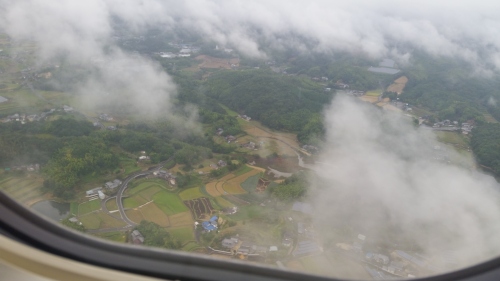
Landing between big mountains
Sakaiさん indicated he would potentially pick me up from the airport if he could get time off work, but this was not expected by me, as I was happy to organise a rental car. Instead, Sakaiさん organisec for Fukunoさん JF5VHW to pick me up, and suggested KA-015 Kiyama, as it was a drive up summit. At about a 45 minute drive, this wasn’t as close as the others, but eliminated a 30 minute walk, so it was all even anyway.
Japanese is not a language I speak fluently (unless you want me to order beer, food or hold grammatically-awkward conversations), and English is not a language that Fukunoさん speaks much at all – much less Australian accented and dialected English, but hospitality is a universal language, and Google Translate handles the rest. I arrived at Takamatsu airport on time, found Fukunoさん at the specified location and we headed out to Kiyama.
I’ll admit we struggled with conversation; Fukunoさん’s Japanese was very quick for me and though I tended to work out what he was saying, there was a lot of apologising and saying, “I’m sorry, I don’t understand” in Japanese (a phrase I am good with!).
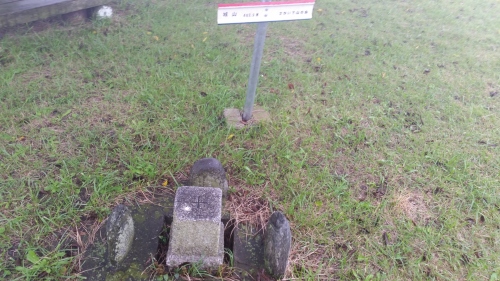
The trig point
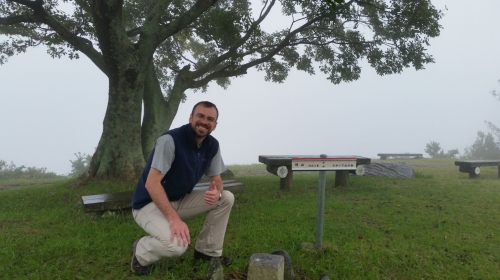
We arrived at Kiyama, and to save a (15 metre) walk, Fukunoさん paid scant regard to a wooden bollard blocking a cobbled path from the car park to the trig point and proceeded to mount the kerb and drive right up to the trig point. Unfortunately, the weather is a factor I can’t control, and we had low cloud that largely blocked the view. I set up with the travel pole attached to a wooden seat and the dipole stretched out between two signs. No one else arrived in the time we were there.
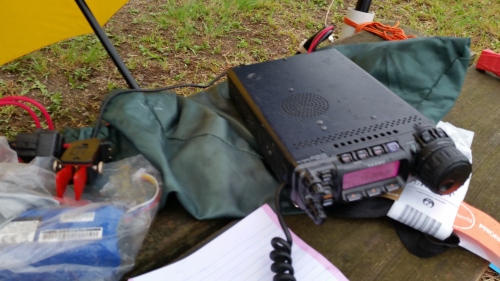
The station
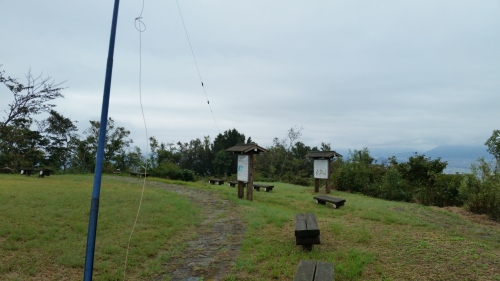
The station
I jumped on 40m SSB and made two contacts after spotting, and then switched to CW, the new association, Number 23, in the bag. After RBNHole[/a] spotted me (the guy who wrote that software is a legend), I ended up with a bunch more people in the log and a pile-up of epic proportions. My ability to read callsigns from Japan is improving, but I had to do a number of repeats, but after JP1QEC was in the log, I had 4 and the point on offer for Kiyama. Another 9 people ended up in the log, from a number of different prefectures.
After a while, I switched back to SSB, as I found I couldn’t quite concentrate any more on pulling callsigns out of the pileup. No further SSB contacts were made.
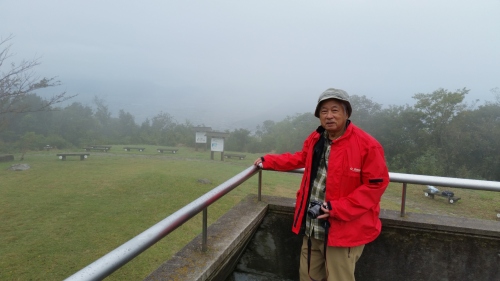
Fukunoさん – JF5VHW
The rain swept in occasionally, and Fukunoさん graciously held an umbrella over the rig while I used a poncho to keep myself dry. The other side benefit of the rain was it cleared out the view a bit, and afterwards we were able to take a few decent photographs of the view. The drive up the mountain is quite spectacular until we ended up in the cloud, at which point it becomes a single-lane-did-I-book-travel-insurance kind of road.
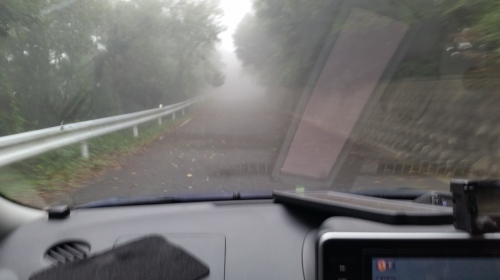
The approach drive as the cloud cover dropped
On the way down, Fukunoさん was determined to show me the Great Seto Bridge from Takamatsu to the mainland, one of the longest bridges. The drive into Takamatsu took a bit longer than I’d hoped, and with bags to check I was getting nervous, but I had nothing to fear. Fukunoさん showed me the bridge (very impressive!) and then drove to the airport with scant regard for speed limits.
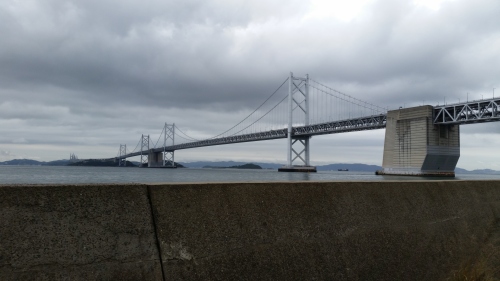
The long bridge. This doesn’t quite capture the scale of it, but it’s big
My flight out at 2pm was non-refundable, but we made it, even having time to divert for a very quick stop for some udon for lunch. They slapped the noodles into a bowl, we added soup, and we ate in under 2 minutes. This type of udon is called Bukkake Udon (no sniggering in the back there…). We drove like we were about to miss my flight (which was almost true), but arrived at the airport with about 25 minutes to spare.
I want to specifically thank Fukunoさん JF5VHW for unbelievable hospitality in driving me around – it was unexpected but gratefully received. And thank you too Sakaiさん for answering questions and organising Fukunoさん. This is the spirit of ham radio and of SOTA.
The flight was ultimately delayed by about 30 minutes, which meant I was OK, and after clearing security, boarded the flight and made it back Tokyo in time to phone the wife, provide remote technical support to the children (they didn’t want to talk about anything else), and then head to the SOTA Japan dinner. I took the opportunity to reserve a seat on the Shinkansen the next day for JA8, but the late flight and the phone call had prevented me from having too much of a look around Akihabara.
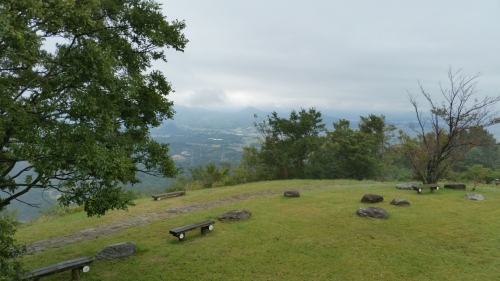
South East from summit
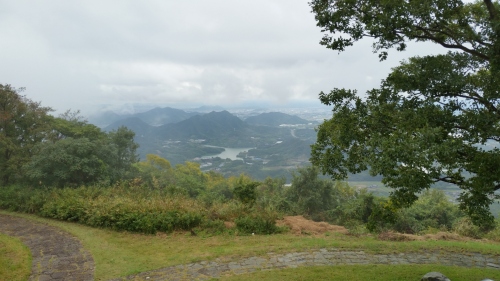
Looking North East from the summit

Western panorama
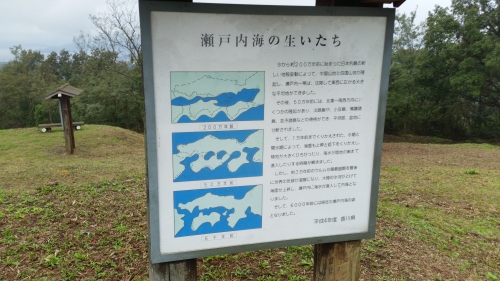
A sign explaining how the Seto Inland Sea formed
